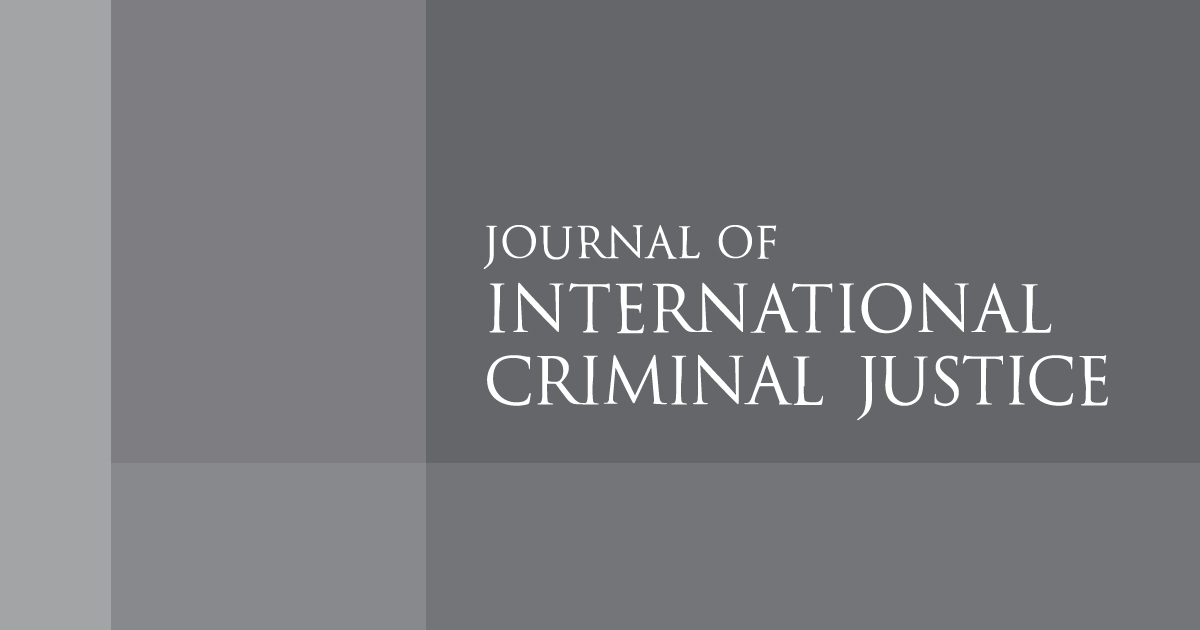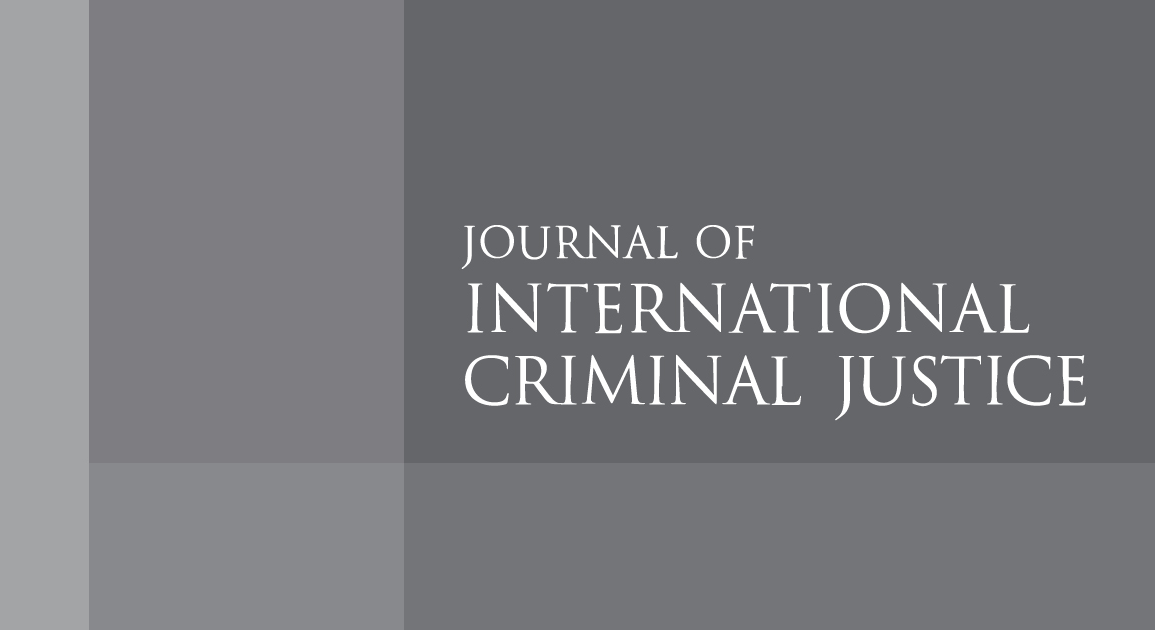
The current academic debate on profiles of legality, under international humanitarian law (IHL), of so-called autonomous weapon systems has mainly focused on the possibility of using these weapons in military operations in accordance with the norms and prohibitions on the methods of conducting hostilities, with particular regard to targeting decisions. At the policy level, as is well known, the question of the need to adopt a treaty to prohibit possibly the development and use of weapon systems that can autonomously select, identify, and attack a human being (the so-called lethal autonomous weapon systems) has been the subject of international discussion for a number of years. The Group of Governmental Experts (GGE) on Emerging Technologies in the Area of Lethal Autonomous Weapons Systems (LAWS), which is a subsidiary body of the Convention on Certain Conventional Weapons (CCW), has been dealing with this issue, inter alia, since 2017. The work of the GGE has so far produced little result, bringing out instead divergent opinions among the states parties to the CCW on fundamental interpretative questions around IHL targeting rules, which are at the root, among other reasons, also for the disagreement around a possible ban. The debate, however, continues in other fora, including at the United Nations General Assembly: on 1 November 2023, for example, the First Committee of the General Assembly adopted a resolution on lethal autonomous weapon systems highlighting the ‘urgent need for the international community to address the challenges and concerns’ raised by these weapon systems.1
This special issue of the Journal contributes to clarifying certain aspects of international responsibility for war crimes arising from the use of autonomous weapon systems. Its main focus is on the challenges raised by the employment of autonomous weapon systems to the ascription of responsibility for norms and prohibitions on the methods of conducting hostilities. The questions around the legality of the very process of developing these weapons, their possible indiscriminate nature, and, more broadly, compliance with the rules on the means of warfare remain overall subject to more limited discussion and attention.
It therefore seemed appropriate to conclude this special issue of the Journal with an essay Antonio Cassese published in 1979.2 Entitled ‘Means of Warfare: The Traditional and the New Law’, the article helps us to gain a better understanding of current debate concerning autonomous weapon systems. It sheds light on the dynamics that come into play whenever states find themselves negotiating issues concerning weapons to be prohibited.
In this paper, Cassese focuses on the negotiations of the 1977 Geneva Diplomatic Conference on the Reaffirmation and Development of International Humanitarian Law Applicable in Armed Conflicts, which led to the adoption of the two Additional Protocols to the 1949 Geneva Conventions. He presents the progress made with the adoption of the First Additional Protocol, but above all he highlights what, in his opinion, were the main failures of the Diplomatic Conference on the subject. In particular, Cassese identifies three shortcomings. First, the absence of a specific list of weapons prohibited because they violate the prohibition on the use of weapons that cause unnecessary suffering or are by nature indiscriminate. Second, the failure to include the use of weapons that cause unnecessary suffering or are by nature indiscriminate in the category of serious breaches of the First Additional Protocol. Third, the ‘mutilation’ of the Second Additional Protocol (on non-international armed conflicts) due to the decision of the Plenary Conference to suppress all proposed rules on the methods and means of conducting hostilities, which were instead included in the First Protocol (on international armed conflicts). Cassese explains the reasons for these failures, giving ample account of the debates held in the Conference in which he had participated as a delegate of the Italian Government (with the exception of the last session of the Conference).
In concluding his work, Cassese states that the international discipline on weapons prohibited in war ‘no doubt benefits major powers’.In fact, it includes ‘only a few general principles, which are so vague that they have little value as a yardstick for the assessment of the conduct of the belligerents’. Moreover, he adds, ‘the limited number of specific bans at present in force only cover minor weapons, or arms (such as bacteriological weapons) which were prohibited mainly because they could also affect the belligerent using them’. And he notes that ‘really important weapons … do not fall — in the opinion of most states — under any prohibition of international law’.
As mentioned above, with regard to the adoption of a possible ban on lethal autonomous weapon systems, and more generally on the adoption of a specific regulation of autonomous weapon systems, the work carried out so far within the CCW has not produced any significant results. Yet, according to the position expressed by some states at the Geneva Conference, this should be amongst the appropriate fora for these negotiations. On the possible regulation of so-called lethal autonomous weapon systems, we feel we can conclude this brief introduction to the republication of Cassese’s 1979 paper by paraphrasing Cassese himself. That is, by expressing the hope that a future conference to be held under the auspices of the United Nations (or other diplomatic fora) may be proven capable of achieving better results than those achieved so far.
This post was originally published on this site be sure to check out more of their content.









